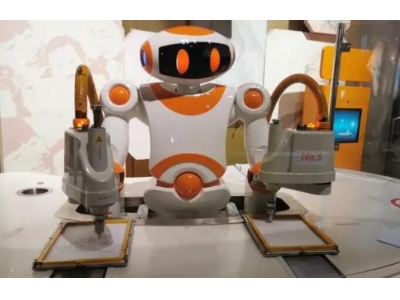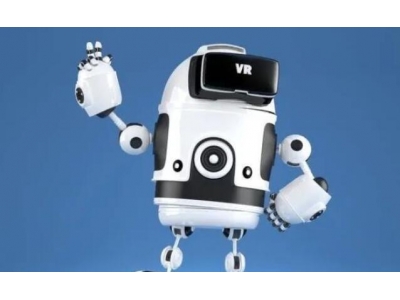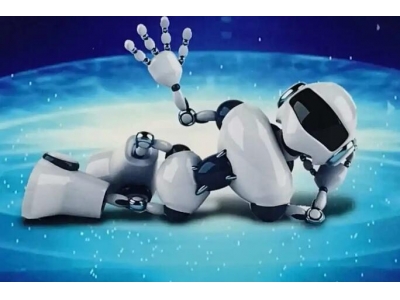robot的后面加to do形式吗?
一、robot的后面加to do形式吗?
robot: [ rəubɔt, 'rɔbət ]
n. 机器人
[ 形容词robotic ]
例句与用法
1. Japanese industry is making increasing use of robots.
日本工业越来越多地使用机器人。
2. The toy robot moved forward with quick jerky steps.
玩具机器人一颠一颠地走得很快.
3. I consider it to be inferior to robot.
我认为它不及机器人。
robot是名词,所以你说的形式并不是取决于它,而是另外的动词
二、机器人是一位百事通,你不懂的知识他都可以帮你找到答案。 用英语说这句话怎么说?
Robot knows everything, you can always get the answer for your question by using Robot.
三、机器人瓦力用英语怎么说
嗯~~就是Robot Wall-e~
四、跪求一篇写机器人的英文(机器人形状似投石车)
A robot is a mechanical or virtual intelligent agent that can perform tasks automatically or with guidance, typically by remote control. In practice a robot is usually an electro-mechanical machine that is guided by computer and electronic programming. Robots can be autonomous, semi-autonomous or remotely controlled. Robots range from humanoids such as ASIMO and TOPIO to Nano robots, Swarm robots, Industrial robots, military robots, mobile and servicing robots. By mimicking a lifelike appearance or automating movements, a robot may convey a sense that it has intent or agency of its own. The branch of technology that deals with robots is robotics.
When societies first began developing, nearly all production and effort was the result of human labour, as well as with the aid of semi- and fully domesticated animals. As mechanical means of performing functions were discovered, and mechanics and complex mechanisms were developed, the need for human labour was reduced. Machinery was initially used for repetitive functions, such as lifting water and grinding grain. With technological advances more complex machines were slowly developed, such as those invented by Hero of Alexandria (in Egypt) in the 1st century AD, and the first half of the second millennium AD, such as the Automata of Al-Jazari in the 12th century AD (in medieval Iraq). They were not widely adopted as human labour, particularly slave labour, was still inexpensive compared to the capital-intensive machines. Men such as Leonardo Da Vinci in 1495 through to Jacques de Vaucanson in 1739, as well as rediscovering the Greek engineering methods, have made plans for and built automata and robots leading to books of designs such as the Japanese Karakuri zui (Illustrated Machinery) in 1796. As mechanical techniques developed through the Industrial age we find more practical applications such as Nikola Tesla in 1898, who designed a radio-controlled boat, and John Hammond Jr. and Benjamin Miessner who in 1912 created the Electric Dog as a precursor to their self directing torpedo of 1915.[1] We also find a more android development as designers tried to mimic more human-like features including designs such as those of biologist Makoto Nishimura in 1929 and his creation Gakutensoku, which cried and changed its facial expressions, and the more crude Elektro from Westinghouse Electric Corporation in 1938.
Electronics then became the driving force of development instead of mechanics, with the advent of the first electronic autonomous robots created by William Grey Walter in Bristol, England, in 1948. The first digital and programmable robot was invented by George Devol in 1954 and was ultimately called the Unimate. Devol sold the first Unimate to General Motors in 1960 where it was used to lift pieces of hot metal from die casting machines in a plant in Trenton, New Jersey. Since then we have seen robots finally reach a more true assimilation of all technologies to produce robots such as ASIMO which can walk and move like a human. Robots have replaced humans[citation needed] in the assistance of performing those repetitive and dangerous tasks which humans prefer not to do, or are unable to do due to size limitations, or even those such as in outer space or at the bottom of the sea where humans could not survive the extreme environments.
Man has developed an awareness of the problems associated with autonomous robots and how they may act in society. Fear of robot behaviour, such as Shelley's Frankenstein and the EATR, drive current practice in establishing what autonomy a robot should and should not be capable of. Thinking has developed through discussion of robot control and artificial intelligence (AI) and how its application should benefit society, such as those based around Asimov's three laws. Practicality still drives development forwards and robots are used in an increasingly wide variety of tasks such as vacuuming floors, mowing lawns, cleaning drains, investigating other planets, building cars, in entertainment and in warfare.
下一篇:变形金刚机器人阵营有哪些人物?
-
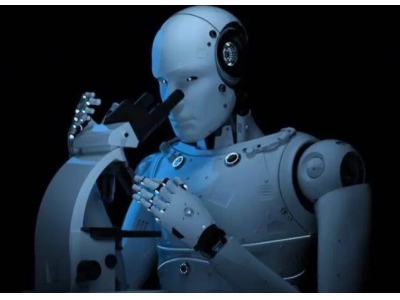 智能机器人为什么被称为“智能”机器人?2024-04-17 10:54:01一、智能机器人为什么被称为“智能”机器人? 智能机器人之所以叫智能机器人,这是因为它有相当发达的“大脑”。在脑中起作用的是中央计算机,这种...
智能机器人为什么被称为“智能”机器人?2024-04-17 10:54:01一、智能机器人为什么被称为“智能”机器人? 智能机器人之所以叫智能机器人,这是因为它有相当发达的“大脑”。在脑中起作用的是中央计算机,这种... -
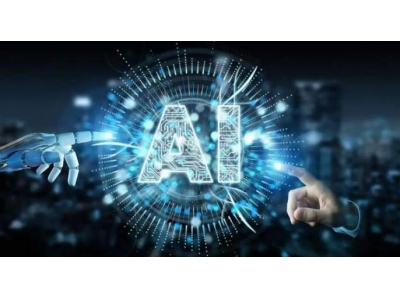 什么是人工智能2024-04-17 11:01:08一、什么是人工智能 人工智能是当今科技领域的热门话题之一。它是指通过模拟人类智能行为的技术和方法,使计算机能够自主地执行任务、学习和做出决...
什么是人工智能2024-04-17 11:01:08一、什么是人工智能 人工智能是当今科技领域的热门话题之一。它是指通过模拟人类智能行为的技术和方法,使计算机能够自主地执行任务、学习和做出决... -
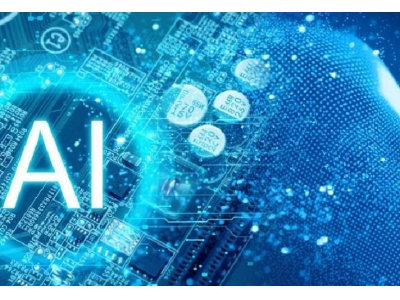 人工智能专业细分专业?2024-04-17 10:58:49一、人工智能专业细分专业? 1、计算机类。 计算机科学与技术、软件工程、网络工程、信息安全、物联网工程、数字媒体技术、智能科学与技术、空间信...
人工智能专业细分专业?2024-04-17 10:58:49一、人工智能专业细分专业? 1、计算机类。 计算机科学与技术、软件工程、网络工程、信息安全、物联网工程、数字媒体技术、智能科学与技术、空间信... -
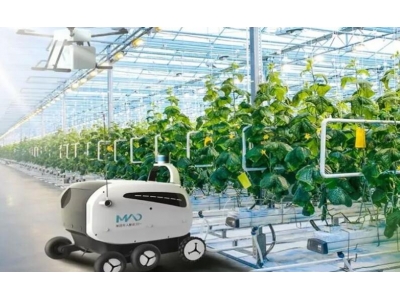 智慧农业专业要求?2024-04-17 10:49:16一、智慧农业专业要求? 智慧农业专业的要求首选科目要求包括:仅物理、仅历史、物理或历史均可3种。“仅物理”表示首选科目为物理的考生才可报考...
智慧农业专业要求?2024-04-17 10:49:16一、智慧农业专业要求? 智慧农业专业的要求首选科目要求包括:仅物理、仅历史、物理或历史均可3种。“仅物理”表示首选科目为物理的考生才可报考...
